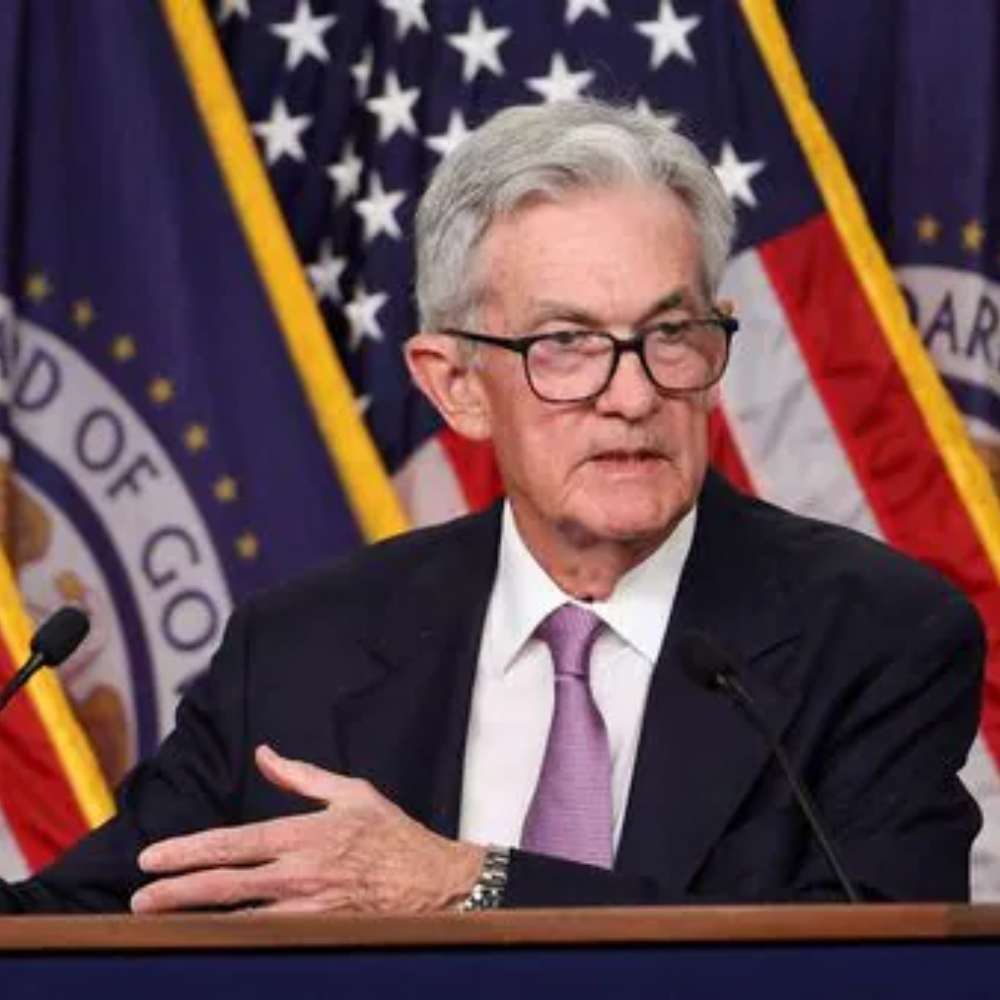Overview of the Rate Cut
On September 18, 2024, the Federal Reserve takes bold step by announcing a significant cut to its benchmark interest rate, reducing it by 50 basis points to a new range of 4.75%-5%. This move marks the first reduction since March 2020 and is seen as a crucial step in the Fed’s ongoing battle against inflation, which had reached a 23-year high just over a year ago. Federal Reserve Chairman Jerome Powell stated that the decision reflects the central bank’s commitment to responding to current economic conditions, despite some dissent within the board.
Impact on Borrowing Costs
The half-point reduction is expected to lower borrowing costs for consumers and businesses alike, affecting everything from mortgages to credit cards. President Joe Biden expressed his approval of the Fed’s action, noting its importance during a critical economic moment. However, the announcement led to fluctuations in stock prices as investors reacted to the implications of the decision.
Urgency in Rate Cuts
The Fed’s decision, where the federal reserve takes bold step, was not unanimous, with Governor Michelle Bowman advocating for a more conservative quarter-point cut. This dissent is significant as it marks the first split vote among Fed governors since 2005. The urgency for a rate cut comes amid growing pressures from Wall Street and political circles, as calls for immediate relief from high borrowing costs have intensified in recent weeks.
Powell clarified that the Fed is not behind the curve, emphasizing that the move is part of a measured response to evolving economic conditions. He acknowledged the ongoing debate regarding the timing of previous potential cuts, particularly the one that some believed should have occurred in July.
Inflation Trends and Economic Recovery
The Federal Reserve takes bold step by effectively reducing inflation rates since their peak in the summer of 2022. While inflation remains a concern, it has fallen to levels that are manageable without pushing the economy into recession. Powell noted that this progress is attributable not only to interest rate adjustments but also to a gradual recovery from pandemic-related disruptions.
Despite these improvements, the Fed anticipates a rise in unemployment, forecasting an increase from the current rate of 4.2% to 4.4% by the end of the year. This shift raises questions about the potential for a soft landing for the economy—an outcome where inflation is controlled without a dramatic rise in unemployment.
Consumer Sentiment and Market Reactions
Recent surveys indicate that consumer expectations regarding inflation have improved, with inflation rate projections for the coming year reaching their lowest point since December 2020. Powell, however, countered this optimistic perception, asserting that the Fed’s intention is to maintain the strength of the labor market rather than react to immediate pressures.
The Fed’s commitment to nurturing economic expansion is seen as crucial for maintaining investor confidence. Market analysts have been keenly observing whether the Fed will continue with aggressive rate cuts or stabilize its approach moving forward.
The Road Ahead for the Fed
Powell made it clear that while the recent rate cut is significant, it does not set a new precedent for future adjustments. He reassured stakeholders that the Fed is not hastily responding to market pressures but is committed to a sustainable economic policy. The Chairman expressed confidence in the overall health of the economy, citing solid job growth and manageable inflation levels.
As the political landscape shifts, particularly with the upcoming presidential election, Powell reiterated the Fed’s independence. He emphasized that the central bank operates without political influence and is focused on maximizing employment and maintaining price stability for all Americans. This commitment to neutrality is vital for the Fed’s credibility and its ability to effectively manage monetary policy.
In conclusion, Federal Reserve takes bold step with its latest decision to cut interest rates underscores its ongoing efforts to support the U.S. economy while navigating complex challenges. The implications of this move will be closely monitored in the coming months as both consumers and investors adapt to the changing economic landscape.







